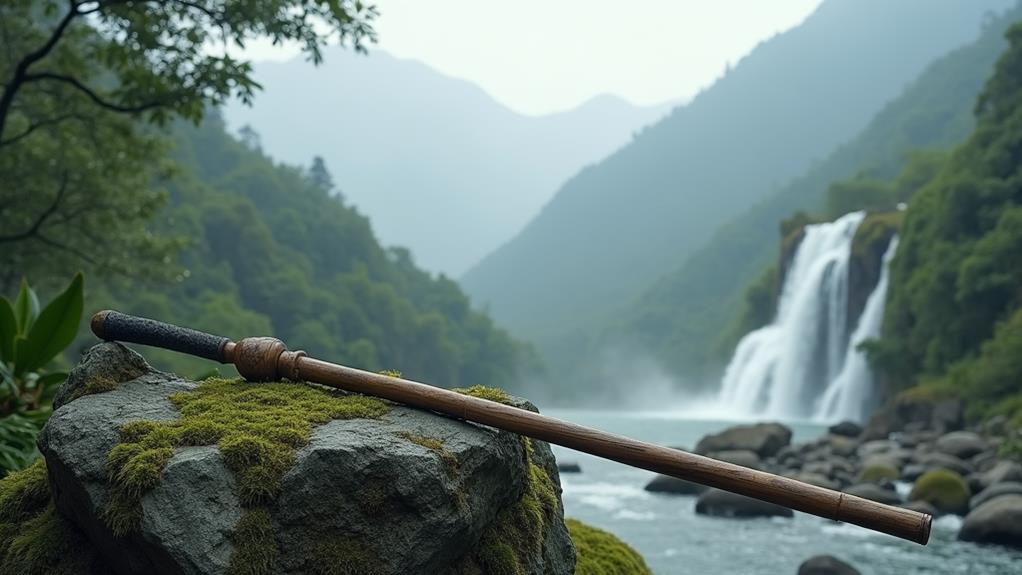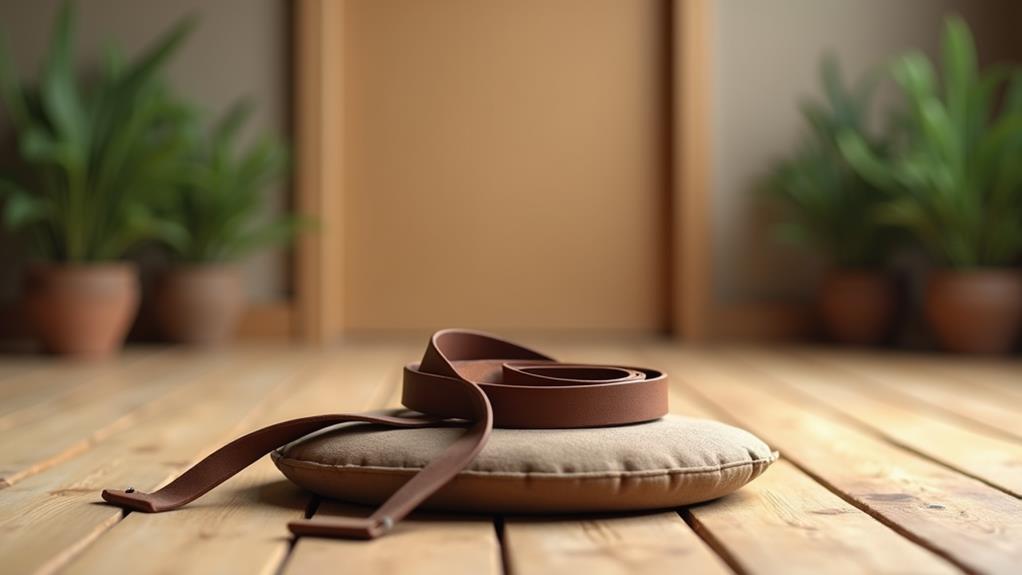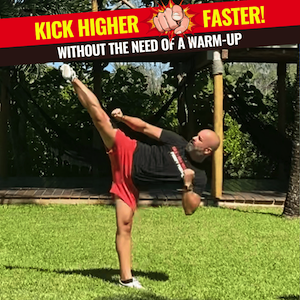As you age, your joints undergo natural changes that affect your martial arts practice. You'll experience decreased cartilage cushioning, reduced synovial fluid production, and loss of muscle mass and strength, making you more prone to injuries. To adapt, focus on controlled movements and lower stances, and incorporate joint-friendly practices like slow, fluid motions from Tai Chi. Regularly evaluating your range of motion and using supportive gear like knee or elbow braces can also help. By making these adjustments, you'll be able to maintain your passion for martial arts while protecting your joints – and there's more to explore.
Understanding Age-Related Physical Changes
As you age, your joints undergo a range of changes that can impact your ability to practice martial arts. You'll likely experience natural wear and tear on your joints, which can lead to conditions like osteoarthritis, causing pain and stiffness during movement.
The decreased cartilage cushioning between bones in your joints increases your risk of injuries and reduces your range of motion. To maintain joint health, it's vital to focus on low-impact activities.
You'll also notice a loss of muscle mass and strength, which can start as early as age 30. This contributes to joint instability and makes you more susceptible to falls and injuries.
As you age, your joints produce less synovial fluid, leading to stiffer joints and making it more challenging to perform high-impact martial arts techniques. Your proprioception, or ability to sense your body's position and movement, also worsens with age.
This makes balance exercises important to prevent falls and enhance joint stability. As you continue practicing martial arts, it's vital to prioritize flexibility and balance exercises to adapt to these age-related changes and maintain healthy joints.
Adapting Techniques for Joint Health
Joint health becomes a top priority when modifying martial arts techniques for aging practitioners. As you age, your joints undergo natural changes that affect their flexibility and resilience. Modifying movements to accommodate these changes is essential to reduce the risk of injury and maintain joint health. You can achieve this by focusing on controlled movements, using lower stances, and emphasizing leverage and timing over brute strength.
Incorporating joint-friendly practices, such as slow and fluid motions found in Tai Chi, can enhance joint flexibility and overall health during training. Regularly evaluating your range of motion and adjusting techniques accordingly can prevent overexertion and protect against joint injuries.
Additionally, utilizing equipment like knee or elbow braces can provide extra support and stability, enabling safer practice of techniques that might otherwise strain aging joints. By adapting techniques with joint health in mind, you can guarantee safe training and continue to enjoy the benefits of martial arts practice as you age.
This approach allows you to maintain effectiveness while protecting your aging joints.
Low-Impact Martial Arts Styles

Low-impact martial arts styles offer a practical solution for aging practitioners who want to continue training while minimizing the risk of joint injuries.
You can consider styles like Tai Chi, which emphasizes slow, controlled movements that reduce strain on your joints while enhancing balance and flexibility.
Brazilian Jiu-Jitsu is another option, focusing on ground techniques that minimize impact and stress on your joints compared to standing techniques.
Judo is also a great choice, incorporating falling techniques that teach you how to safely manage your body weight and reduce the risk of joint injuries.
Regular practice of low-impact martial arts can help strengthen the muscles around your joints, improve joint stability, and promote overall mobility.
You can also adapt other styles, like Karate, to include low-impact forms and techniques that accommodate your fitness level, allowing you to participate without excessive strain.
By choosing a low-impact martial arts style, you can maintain your endurance and flexibility while protecting your joints from unnecessary stress.
As you age, modifying your martial arts training to focus on low-impact styles can help you continue enjoying the benefits of martial arts while prioritizing your joint health.
Safe Training Practices for Seniors
How do you modify your martial arts training to secure a safe and enjoyable experience as a senior? It starts with choosing a martial arts school that caters to seniors and offers classes tailored to your needs. These classes are designed to minimize the risk of injury and maximize joint health benefits.
You'll want to focus on safe training practices, including proper warm-up and cool-down routines to prepare your joints and muscles for practice. This reduces the risk of injury and helps you get the most out of your training.
Using protective gear, such as knee and elbow braces, provides additional support for vulnerable joints. Don't be afraid to modify movements to accommodate any pre-existing joint conditions or concerns.
Inform your instructor about your needs, and they'll work with you to adjust techniques and training intensity. By prioritizing safe training practices, you'll be able to maintain your joint health and enjoy the many benefits of martial arts training as a senior.
Modifying Techniques for Comfort

As you prioritize safe training practices, it's natural to examine the techniques themselves and make adjustments to secure your comfort and joint health. You can modify high-impact martial arts techniques to focus on low-impact movements, which reduce stress on your aging joints. Softer footwork, avoiding jumps, and minimizing fast pivots are all effective ways to adapt your training.
Incorporate joint-friendly exercises like controlled Tai Chi movements, which promote flexibility and balance while minimizing strain on your knees and hips.
When practicing techniques, utilize leverage and positioning instead of relying on strength, allowing for effective execution that's easier on your joints. You can also adjust your stances to be wider and lower, enhancing stability and reducing the load on your hip and knee joints.
To further enhance your comfort and control, integrate warm-up and cool-down routines that emphasize gentle stretching and mobility exercises, preparing your joints for activity and aiding in recovery post-training.
Maintaining Long-Term Martial Arts Practice
Sustainability is the key to a lifelong martial arts practice. As you age, it's crucial to adjust your training intensity and focus on low-impact techniques to minimize the risk of joint injuries.
You can maintain your involvement in martial arts by incorporating flexibility and mobility exercises into your regular training routines, which enhances joint health and supports long-term participation.
To effectively manage your physical limitations, utilize adaptive techniques such as controlled movements and leverage-based strategies.
Prioritize recovery through adequate rest, hydration, and nutrition to sustain long-term martial arts engagement and prevent wear on your aging joints.
Don't underestimate the importance of community support – join classes designed specifically for seniors to foster a sense of belonging and motivation.



